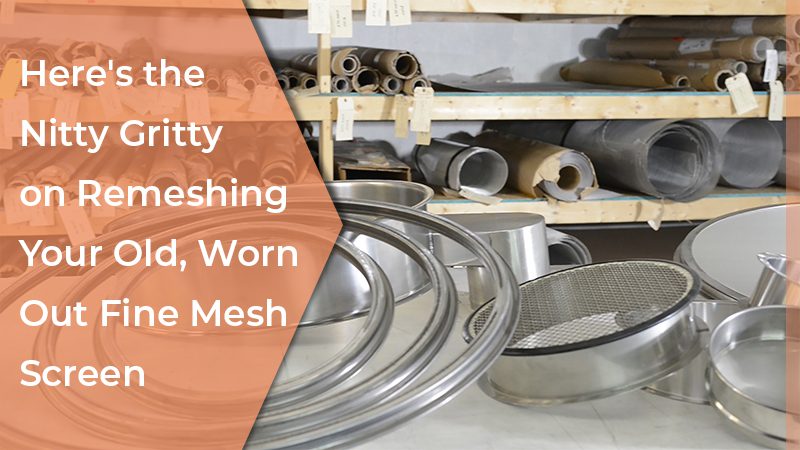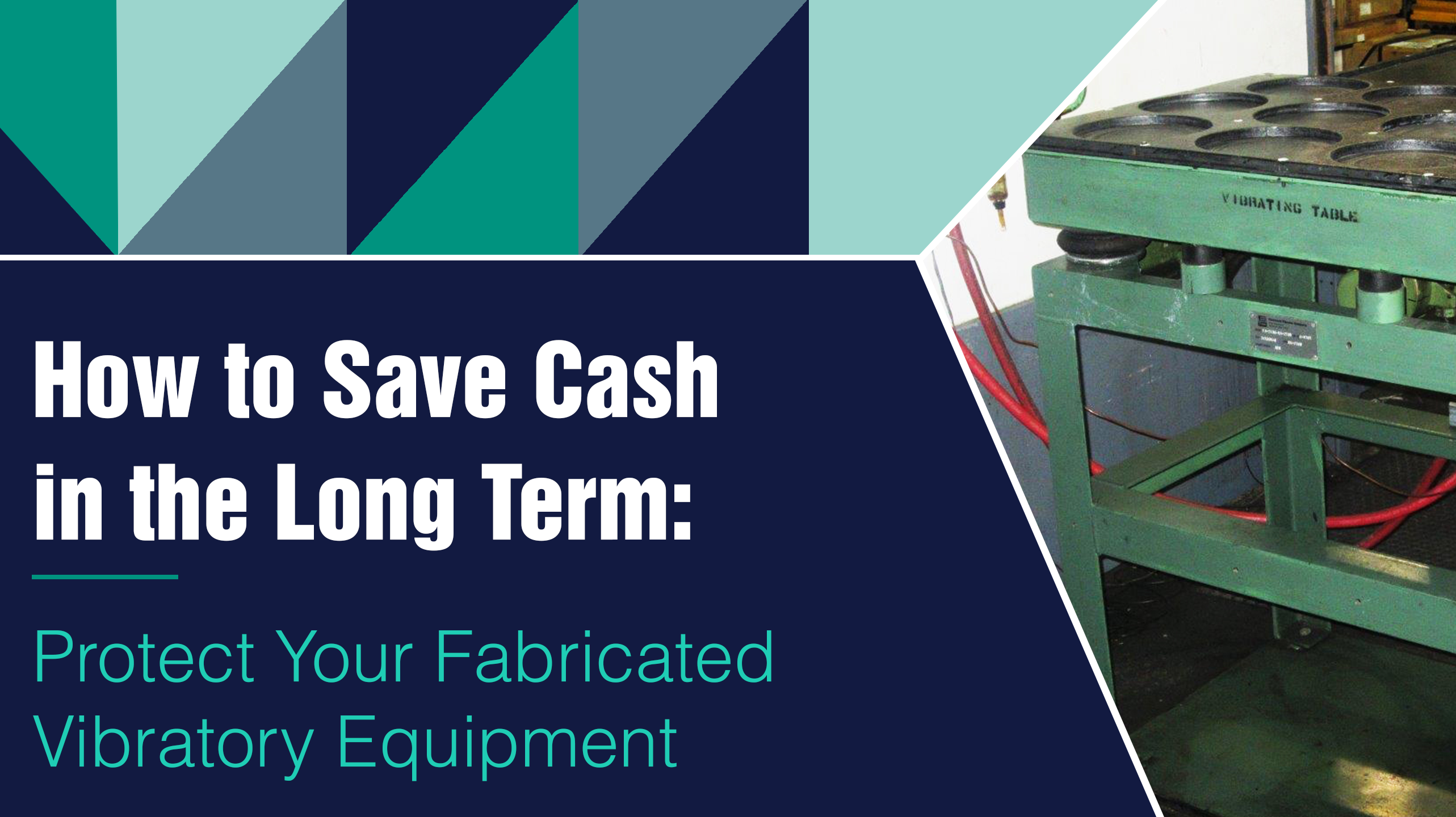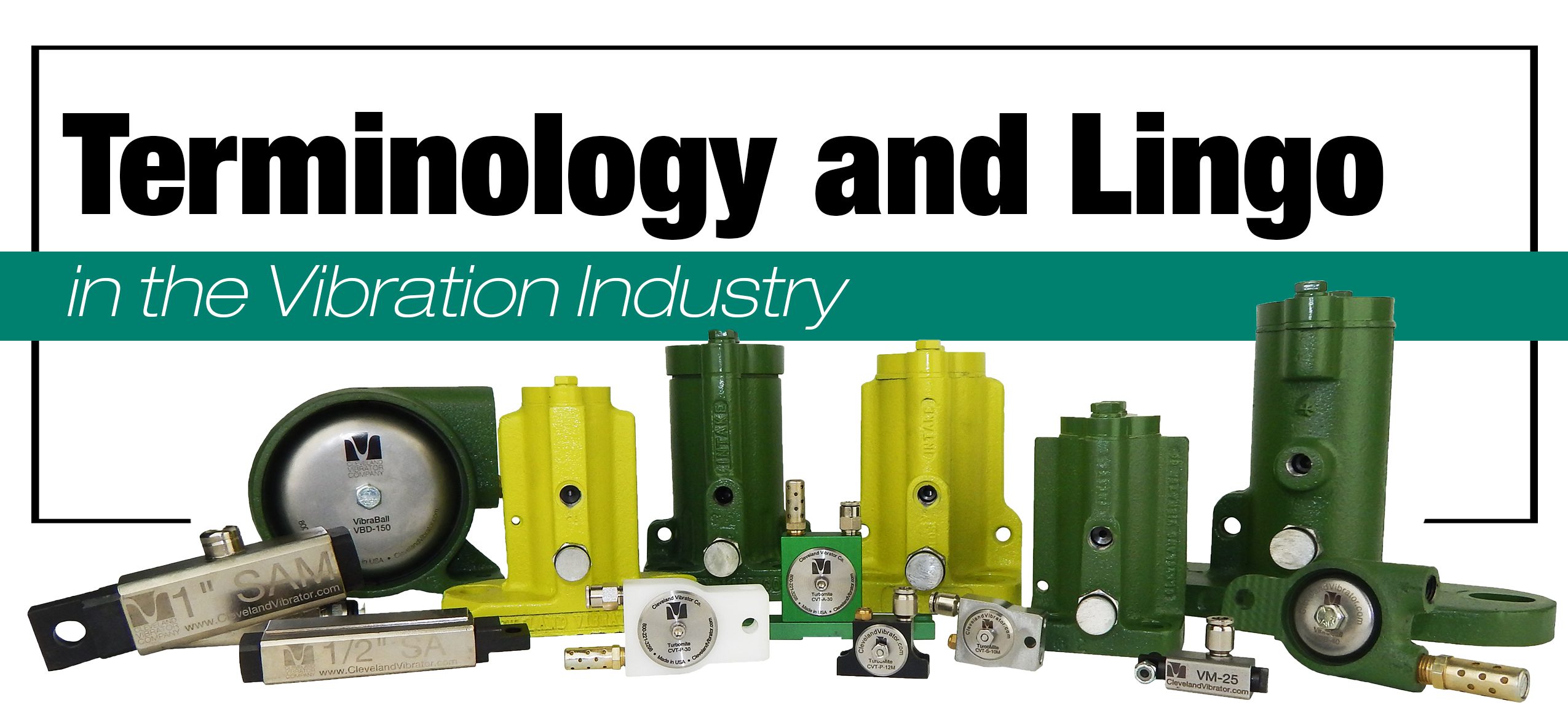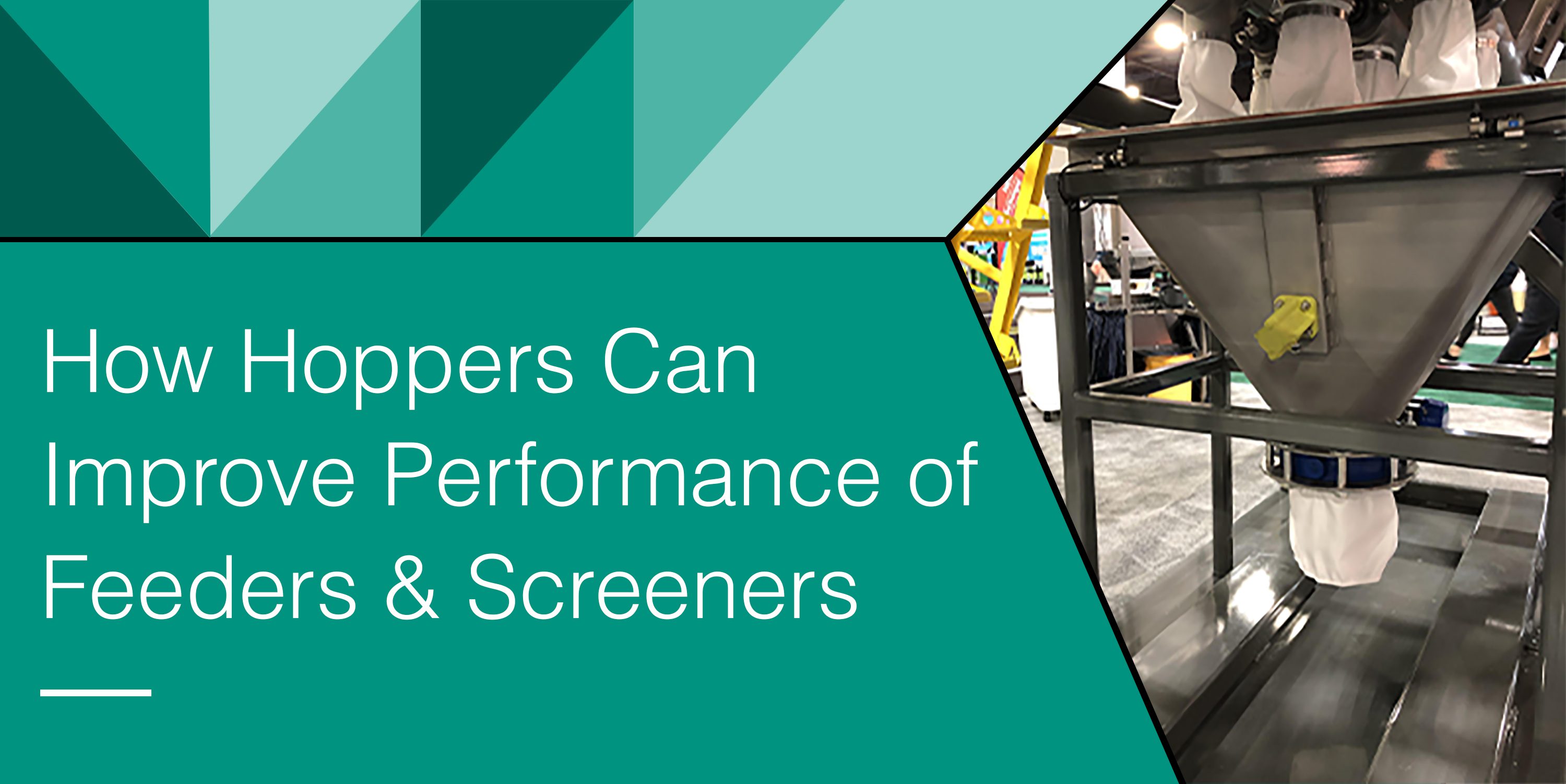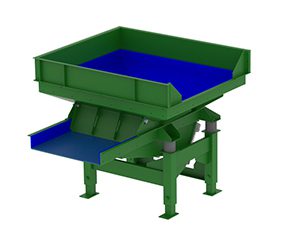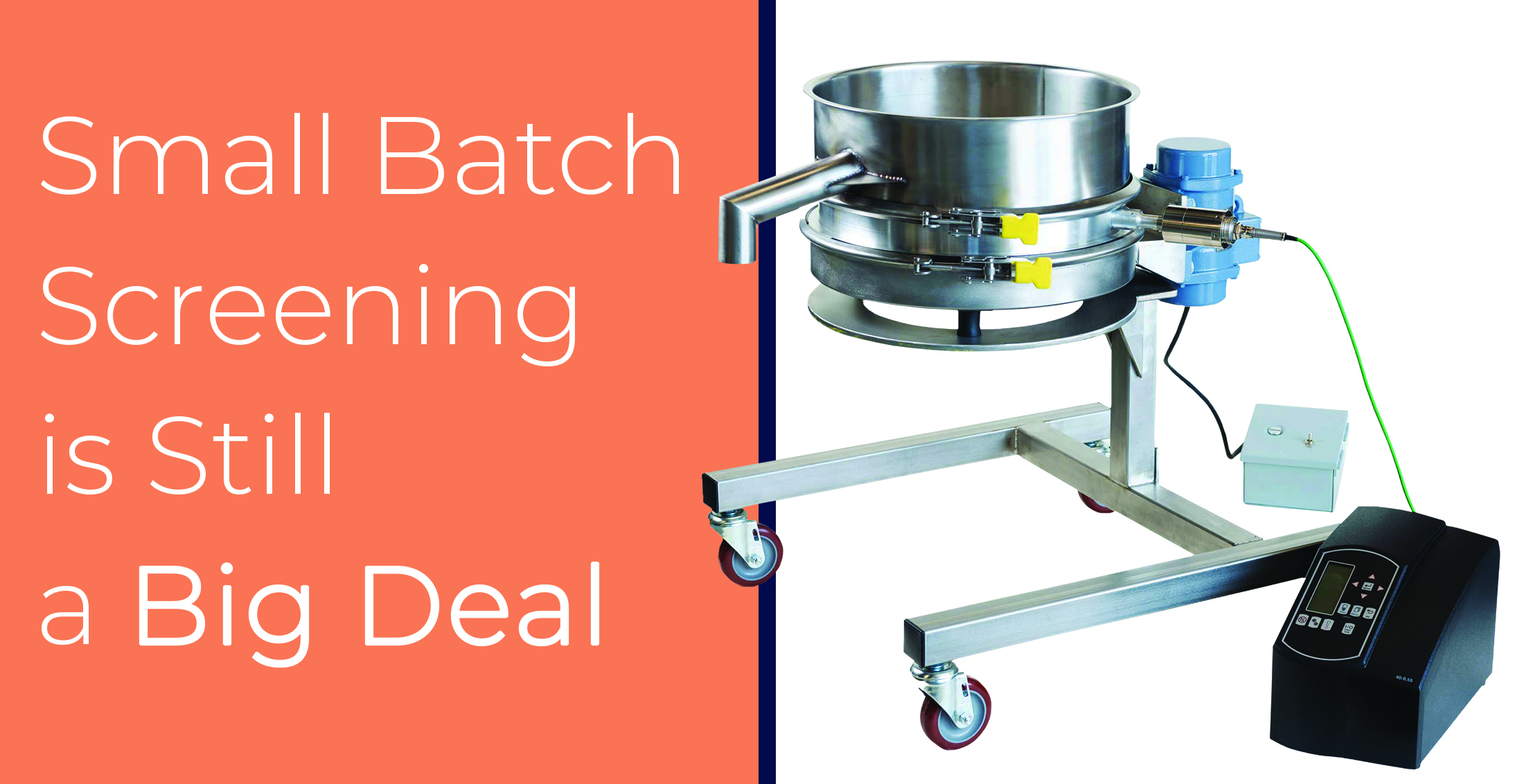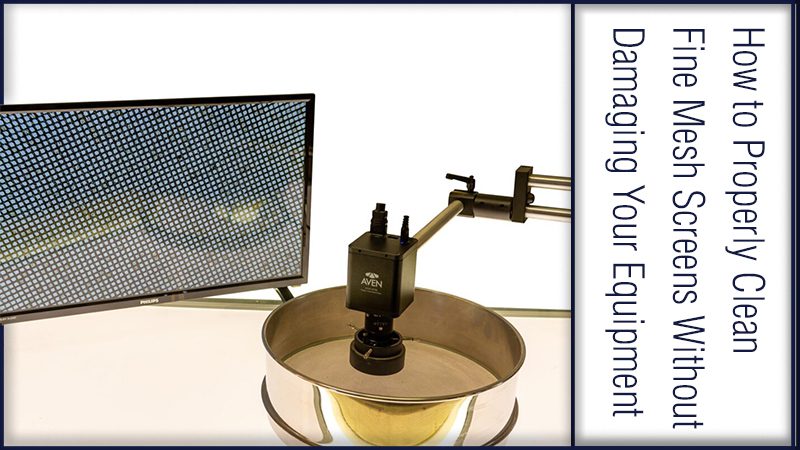OSHA specifies that a hearing conservation program should be in place when “noise exposure is at or above 85 decibels averaged over 8 working hours, or an 8-hour time-weighted average (TWA)”. This can be an issue for some vibratory equipment. However, we have selections available that will reduce noise levels which can result in many positives for your facility (OSHA).
For example, did you know investing in noise-reducing vibration can lead to an increase in productivity and overall safety? High noise levels can lead to short- and long-term physical damage including ringing ears, temporary changes in hearing, and long-term hearing damage or loss. But, less commonly known, it can also put a strain on your pocket by reducing productivity, contributing to poor communication and concentration, and can even contribute to workplace accidents by limiting your employee’s ability to understand speech (OSHA).
Since there is a wide variety of vibratory equipment, for this blog, we will focus on “brute force” vibratory equipment. The vibrating body is directly installed on the equipment and is driven by a vibrator or dual motors, and the supporting structure is isolated from the vibrating body. Now let us look at potential ways to reduce their noise level:
Read More…Jack Steinbuch has been with The Cleveland Vibrator Company for over 36 years accumulatively. He has previous experience in the manufacturing industry as a Senior Application Engineer and has worn many hats on our team in sales and managerial capacities. Now, he’s in the position of General Sales Manager. With a BSCE from The University of Toledo, he is an expert in the realm of sizing vibratory screeners and feeders, and sizing vibratory drives for tables and other vibratory equipment. Understanding that customer service is crucial, Jack believes it is important to provide the proper product for every application, even if it happens to not be supplied by The Cleveland Vibrator Company.
In his off-hours, you can find Jack spending time with his family and playing with his grandchildren. He loves sports; both watching and playing, and is an avid golfer and a league bowler during the winter. He will be retiring at the end of September 2021 and hopes to spend his winters vacationing in Florida.




